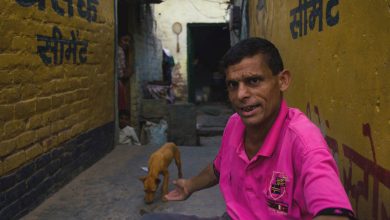
A Divided Race: Chin migrants in search for identity and life of peace, photo essay by Veejay Villafranca
According to a study from the Institute of Peace and Conflict Studies in Delhi, India; Mizos and Chins share the same genetic, cultural, historical, and linguistic heritage as they all descend from the Zo people that have settled in the Lushai hills some seven centuries ago. At present, the geographic separation of the Northeastern town of India and Myanmar’s western border has drifted the Zo’s into two ethnic groups of almost the same culture and appearance, the Mizos and the Chins.
The Mizos hail from the northeastern town of Mizoram, a mountainous area of lush hills and vast greenery said to be the most peaceful amongst the troubled northern part of India, and the Chins coming from the Chin state in western Myanmar, a place of supposed refuge and peace for these timid people but troubled for it’s country’s surreal sense of order.
This has created another long sojourn for the Chins as to those hoping for a document from the UNHCR, they have to travel hundreds of kilometers from Aizawl to the country’s capital, Delhi to be able to acquire an official document that will serve as their proof that they are refugees. In Delhi alone, there are now 40,000 migrants; some of who have already been granted refugee status and the rest remain illegal migrants. The process takes at least two and a half years, as there has been a huge influx of illegal migration from Myanmar during the last decade. In order to survive city’s pandemonium, most Chin people work in local shops and factories earning not more than 2,000 rupees (approx. $40) and there has also been cases of being cheated by employers due to ethnic differences.
The fluidity of the Burmese border all depends on the political situation in Myanmar. For more than two years, there has been an increase in border crossing due to the continuous violations of the ruling junta.
The documentary aims to create a visual understanding on the main cause of illegal migration from Burma as the continuous oppression of the Burmese government to their people. As I have seen during my seven week documentation of the Chin’s situation, I aim to continue the story with the help of this grant as this part of the highly conflicted Burmese border towns has been under the mainstream media since the rebels was elected into government office in the 1980’s. The human rights issues and the hardships that the Chins, amongst other Burmese migrants, face are present up to this day. According to one of the Chin Christian organizations based in Delhi, it is important that the world knows what is happening to them and why they have risked everything to cross the border.





















